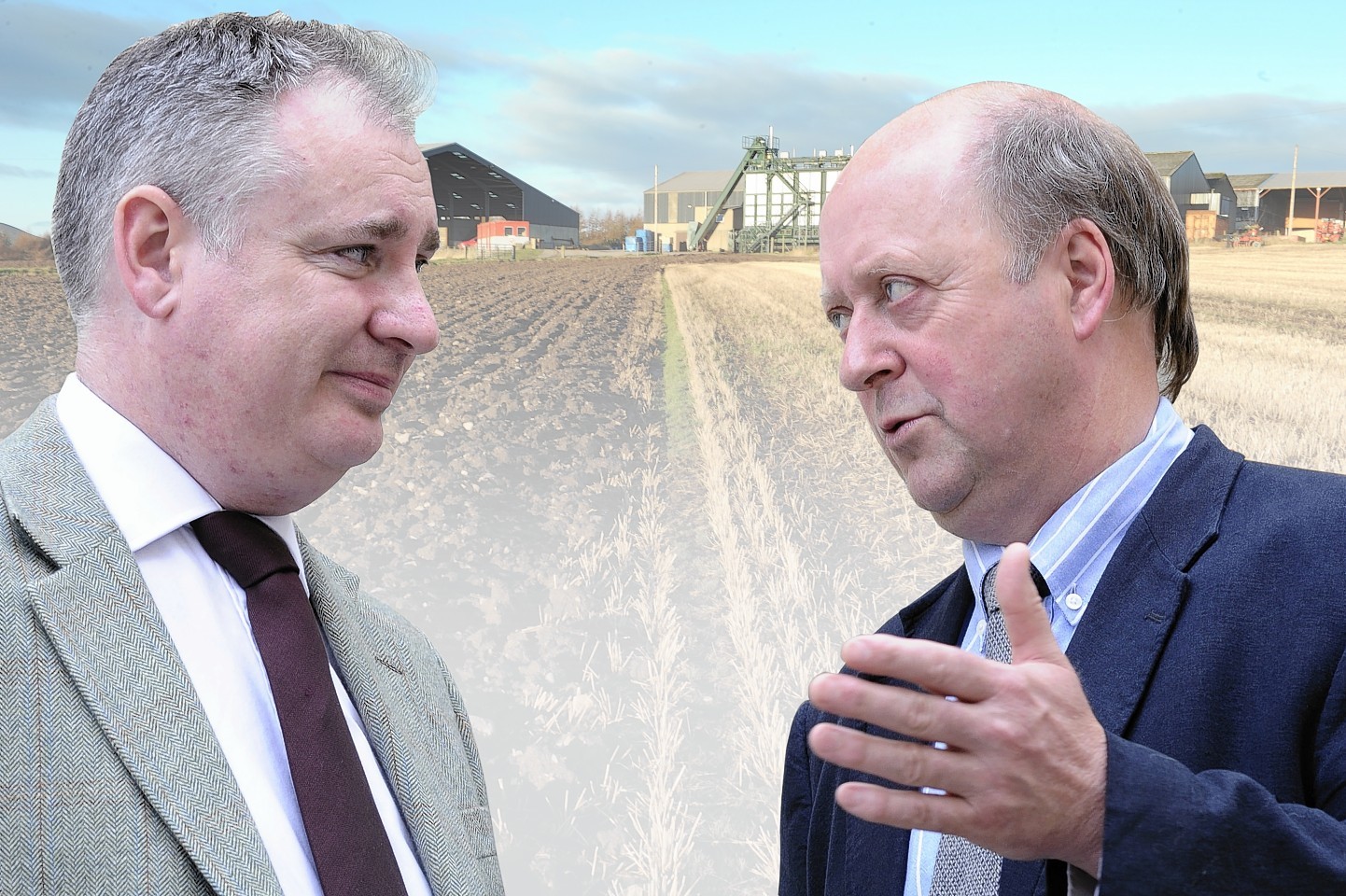Farmers have often been accused of moaning far too much, and NFU Scotland is living up to the stereotype this week.
The union has launched a fresh attack on the Scottish Government over its plans to transition from historic to area-based payments under the new Common Agricultural Policy (Cap).
According to the union, the plans drawn up by farm minister Richard Lochhead and his team, are a “leap in the dark” for Scots farmers and crofters.
It claims the move to area-based payments will push many established farm businesses “over a cliff edge” due to a sharper than first thought drop in subsidy payments next year, while many new entrants will not be recognised, and as a result receive no support, through the National Reserve.
Union president Nigel Miller said the transition plans were a “far cry from indications of a soft landing given when Scotland’s Cap announcement was made last June”.
Not stopping there, the farming chief who is set to retire from his post in February next year, accused the government of designing a system which had the sole focus of paying farmers on time in December 2015, rather than one which was best for Scottish farming.
“In driving forward the payment system, Cap implementation in Scotland appears to have been shaped by what suits software designers rather than being defined by Scottish policy requirements,” said Mr Miller.
“That may be the right priority for Scottish Government officials but the stakes are high and we would want Cabinet Secretary Richard Lochhead to acknowledge that there will be collateral damage to some Scottish farming businesses by focusing solely on what fits computer systems and the payment date.”
He called on Richard Lochhead to commission an “immediate independent analysis of the transition systems”, demanding it be underpinned by robust modelling and an easy-to-use ready reckoner.
The union also slammed the government’s communication with farmers this year, branding it “slow to emerge and incomplete”.
Mr Miller said: “This information fog has masked some of the difficult or unpopular decisions that have been made. That approach must change as hard information is crucial to important business decisions”.
On this point, the union isn’t far off the mark.
At this late stage in the year, it is hard to believe that the full details of the regime are not yet available to farmers.
It would seem Lochhead’s focus was on other matters for the first nine months of the year.
The union’s attack has sparked anger from Lochhead’s camp who argue the union got everything it asked for with Cap transition.
A firm-worded statement from a government spokeswoman said: “The Scottish Government has been transparent throughout the Cap reform process, working closely with NFU Scotland to take account of industry views, and swiftly relaying feedback from the EU to the Cap stakeholder group.
“The message we have been given throughout this process is that putting the right support mechanisms in place should be the priority. That is what we have done – and it is nonsense to suggest otherwise.”
She said the recent series of 37 government Cap meetings had been attended by more than 3,000 people, with 86% of attendees saying they felt much better informed and able to understand the new Cap.
In fact, if you jog your memory back to June this year, NFU Scotland welcomed the Cap announcement.
It had argued for a transition, rather than immediate switch, to area-based payments and Lochhead delivered.
It had also argued for a three region payment model and once again Lochhead delivered. I could go on.
Of course the devil was always going to be in the detail, and while the union is right to slam the government on its slow emergence of information, it cannot turn around and condemn the very plans it lobbied so hard for.
Cap reform was never going to be an easy pill to swallow for Scots producers.
For a large number of farmers, the move to area-based payments will result in a substantial cut in subsidy support, while for others the move will result in them receiving much-needed subsidy support for the first time ever.
Sadly the whole debate has become a bit of a Punch and Judy affair.
On the one hand we are arguing for payments to be made on time next December, while on the other arguing that the right system needs to be in place regardless of how long it takes to get the payments out.
Make your mind up – the Scottish farming sector can’t have its cake and eat it on this one.
Surely now is the time to stop arguing and sit around a table to thrash out the nitty gritty details of the plans and get them in place on farm.
The new Cap regime starts in 12 days whether we like it or not.
